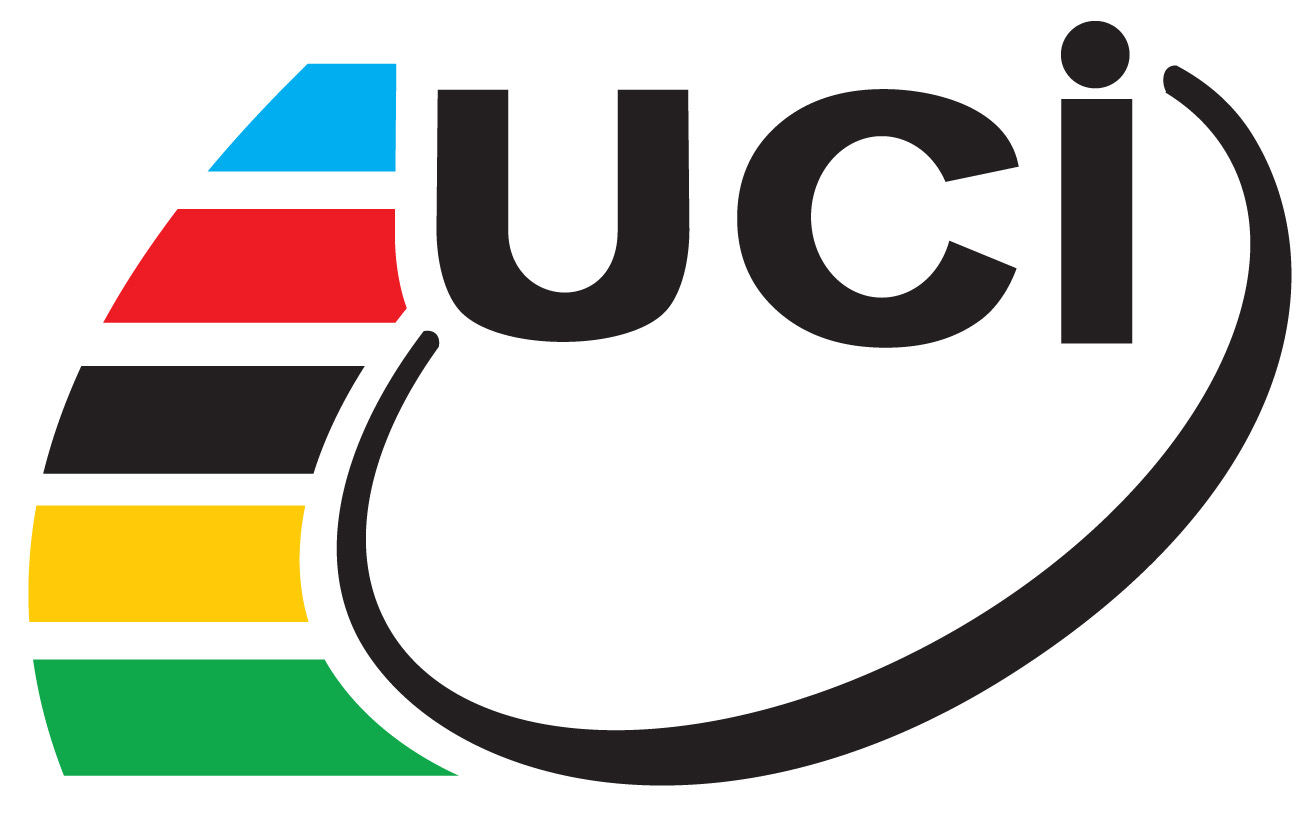


Publication of the number of anti-doping controls carried out on 2015 Tour de France
The Cycling Anti-Doping Foundation (CADF), the independent body mandated by the Union Cycliste Internationale (UCI) to define and implement the fight against doping in cycling, published the number of anti-doping controls carried out on the 2015 Tour de France today.
Dr Francesca Rossi, Director of the CADF declared: “A total of 656 controls were carried out during the 2015 Tour de France. In addition, we strengthened our strategy of targeted controls thanks to the use of information provided by numerous sources and to the support of an intelligence coordinator. Once again, the collaboration with the French Anti-Doping Agency (Agence Française de Lutte contre le Dopage – AFLD) was excellent and the targeted control strategy was discussed daily taking into account the performance of riders and other data.”
Among the 656 controls, 482 were blood tests and 174 urine tests. The blood tests were analysed in relation to the biological passport and for specific anti-doping analyses.
Bruno Genevois, President of the AFLD, underlined that “all samples collected on the 2015 Tour de France were analysed in France, at the Châtenay-Malabry laboratory, which is accredited by the World Anti-Doping Agency (WADA), and which uses all the latest detection methods.”
The Lausanne laboratory was used for the pre-competition mission as well as a support laboratory during the event. The UCI, the CADF and the AFLD have agreed to keep the samples for potential retrospective analyses in the future. As for all Grands Tours, all the collected samples concerning the best five riders in the general classification will be kept for ten years for potential retrospective analyses.

UCI President Brian Cookson concluded: “I would like to highlight once again the excellent climate in which all the stakeholders involved in the fight against doping work together on a daily basis for the benefit of our sport. In particular, I would like to congratulate the AFLD and the CADF for their collaboration on this 2015 Tour de France. Thanks to the sharing of information between all anti-doping actors and a strategy focused on even more targeted controls, we can be confident of the robustness of our program.”
About CADF
The Cycling Anti-Doping Foundation (CADF) is a non-profit Foundation under Swiss law whose role is to manage the anti-doping programme of the Union Cycliste Internationale (UCI) for all riders of all disciplines. The CADF activities are conducted in compliance with the UCI Anti-Doping Rules and the World Anti-Doping Code.
About AFLD
The French Anti-Doping Agency (Agence Française de Lutte contre le Dopage – AFLD) is an independent public authority with the mission of ensuring ethical practice across all sporting disciplines and limiting risks to public health linked to the use of forbidden substances. It works in conformity with international standards set down by the World Anti-Doping Agency (WADA).
About the UCI
As part of its responsibilities as International Federation and signatory of the World Anti-Doping Code, the UCI determines the CADF’s priorities in terms of the testing strategy and broad lines of approach.

